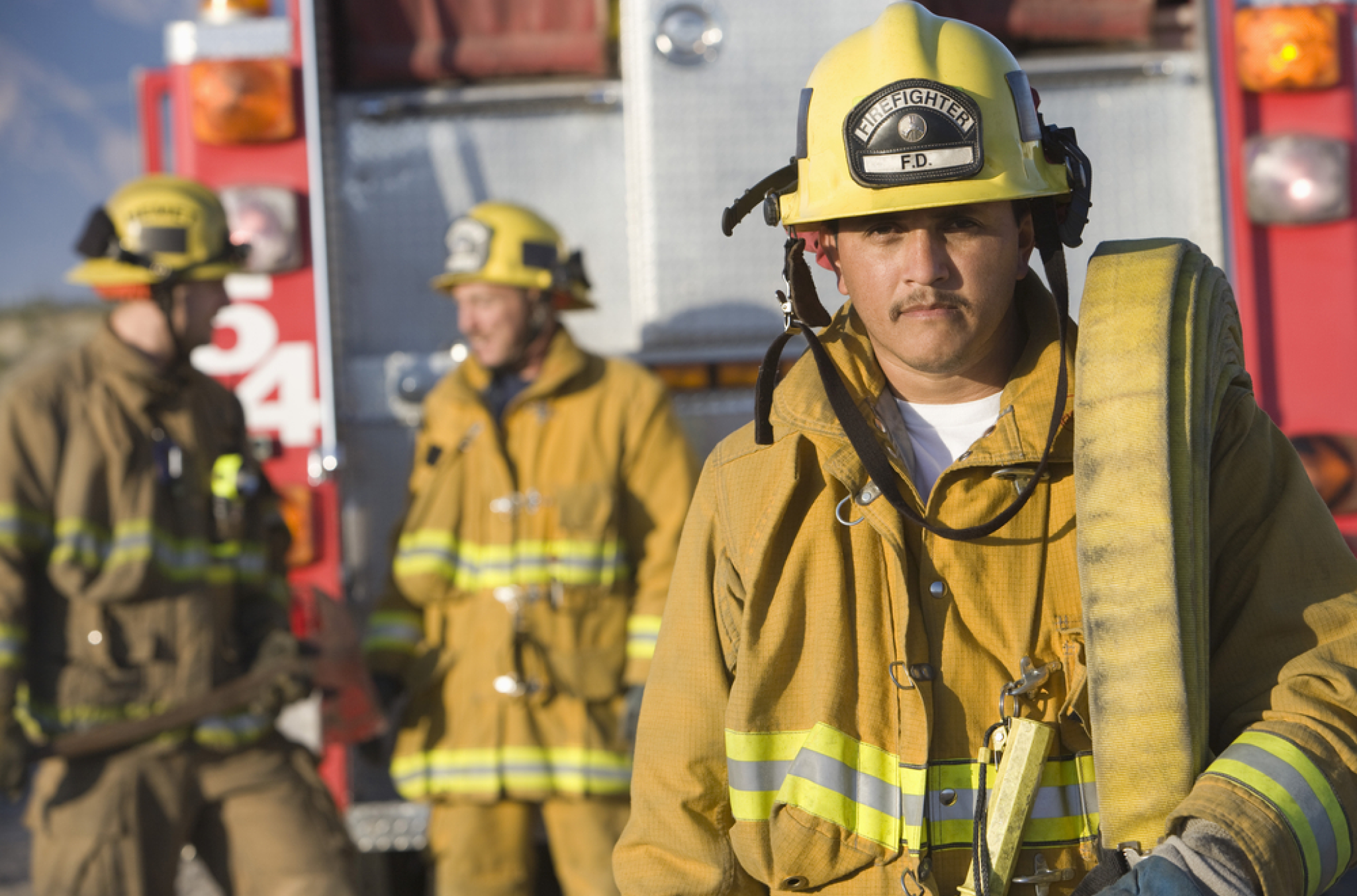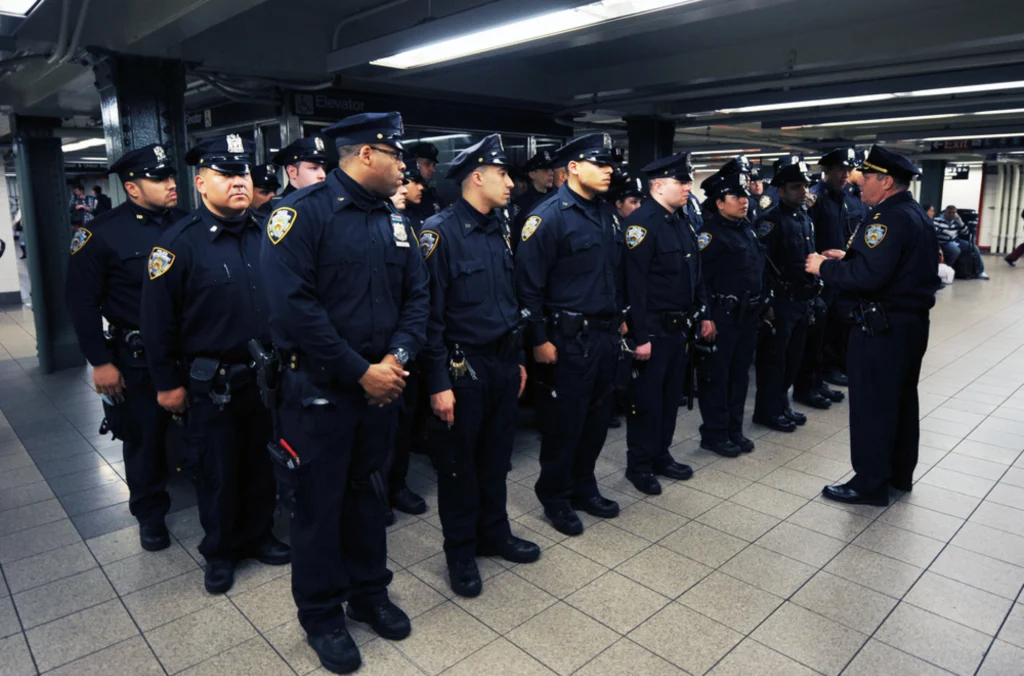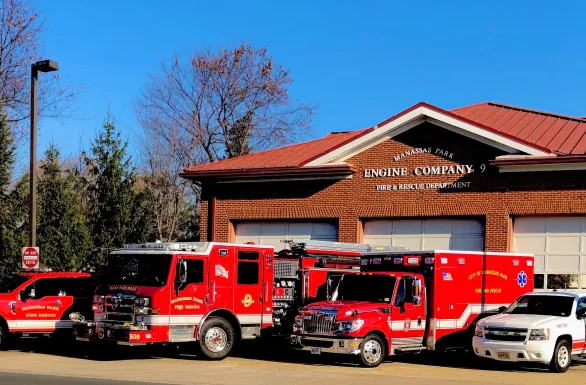Communities rely on fire departments to respond at a moment’s notice which requires precise, well-coordinated staffing. And to create a firefighter work schedule that helps your department meet these needs, it means going beyond simply plugging names into shifts. Scheduling is at the foundation of having a department with first responders always at their best.
Fire departments handle multiple scheduling challenges simultaneously including, shift length, training requirements, time-off requests, labor laws, minimum staffing levels, and union collective bargaining agreements (CBAs). Add in last-minute callouts or broken communication chains, and things can spiral quickly. Shifts go unfilled, crews burn out, and worst of all, public safety is put at risk.
The last thing your firefighters need is constant scrambling.
Smart employee scheduling strategies make it possible to regain control. You can reduce the chaos, build more balanced rosters, and keep your team focused on the real job that matters most — protecting your community.
What is a firefighter work schedule?
A firefighter work schedule outlines how and when personnel are assigned to shifts to guarantee full coverage across all hours and days. Unlike standard business hours, firefighter schedules operate around the clock, 365 days a year. The schedule of a firefighter must account for emergency readiness, rest periods, training, and department-specific policies, while maintaining compliance with labor laws and union agreements.
At its core, the schedule is more than a calendar — it’s a strategy for keeping your department running smoothly. A well-structured firefighter work schedule balances operational needs with the wellbeing of your crew to avoid burnout and improve employee retention. From initial shift assignments to managing swaps and covering absences, every decision impacts both safety and service.
To optimize a firefighter work schedule strategy, departments rely on a variety of shift schedule structures designed to meet their specific coverage and staffing needs.
Typical firefighter work schedule shift patterns
Fire departments choose their shift schedules based on two core priorities: serving their communities and protecting their crews. The right model depends on several key factors, such as community size, call volume, staffing levels, and budget.
In addition, firefighters usually work long hours — including weekends and paid holidays — to keep their communities safe. Teams need total coverage without risking burnout, which means working shifts atypical to the 9-5. And protecting firefight crews goes beyond keeping them safe in the field. Departments need to consider their mental and physical health when they’re not suited up as some shift patterns can increase the risk of exhaustion and turnover, leaving your department short-staffed. To build a schedule that works, leaders need to weigh these variables carefully and match shift structure to real-world demands.
What schedule do firefighters work?
Firefighter shift schedules are far from one-size-fits-all. They come in a variety of formats depending on departmental goals, staffing capabilities, and community coverage needs. Depending on the state, city, or department, firefighters may work 24/28 shifts, California swing, Panama, or other types of work schedules.
24/48 firefighter schedule
The most common shift schedule that fire departments use is the 24-hour shift schedule for its simplicity and stability. As the name states, firefighters work a 24-hour shift and then take 48 hours off, which creates a three-day rotation for the team.
Firefighters are assigned to one of three shifts — A, B, or C — which rotate sequentially throughout the week like this:
- Sunday: A team
- Monday: B team
- Tuesday: C team
- Wednesday: A team
- Thursday: B team
- Friday: C team
- Saturday: A team
- Next Sunday: B team
- Etc.
This approach allows departments to stay compliant with the Fair Labor Standards Act (FLSA) while limiting the number of employees required for each shift, making it a cost-effective option. 24-hour shifts also mean firefighters can complete training, tend to operations, and manage routine checks more efficiently than if they were working for shorter periods of time.
While a 24-hour schedule is typical, some fire departments use other types of shift schedules to maintain coverage.
California swing shift
One alternative to the traditional 24-hour shift is the California swing shift. In this pattern, firefighters alternate between 24 hours on and 24 hours off for five consecutive days, followed by four straight days off. In a given 9 day period, the California swing schedule may look like this:
- Monday: On
- Tuesday: Off
- Wednesday: On
- Thursday: Off
- Friday: On
- Saturday: Off
- Sunday: Off
- Next Monday: Off
- Next Tuesday: Off
- Next Wednesday: On
- Etc.
Taking several days off between shifts allows firefighters to have adequate downtime without being absent from their jobs for a long time – a win for work-life balance in scheduling.
Panama shift pattern
Other departments may implement the Panama pattern, also known as a 2-2-3 shift schedule. Firefighters are split into four “teams” and rotate their 12-hour shifts like this:
- Two 12-hour days on
- Two 12-hour days off
- Three 12-hour days on
- Two 12-hour days off
- Two 12-hour days on
- Three 12-hour days off
A Panama shift pattern sees two teams handle blocks of 24-hour coverage, often shifting between day and night schedules later in the 28-day schedule. For any given week may look like this:
Week 1
- Team 1: Day shift Monday and Tuesday (2), off Wednesday and Thursday (2), day shift Friday-Saturday-Sunday (3)
- Team 2: Night shift Monday and Tuesday (2), off Wednesday and Thursday (2), night shift Friday-Saturday-Sunday (3)
- Team 3: Off Monday and Tuesday (2), day shift Wednesday and Thursday (2), off Friday-Saturday-Sunday (3)
- Team 4: Off Monday and Tuesday (2), night shift Wednesday and Thursday (2), off Friday-Saturday-Sunday (3)
Then in Week 2, Team 1 and Team 2 will switch places with Team 3 and Team 4, taking on the heavier shift schedule. In Week 3, the teams will switch back to Week 1 schedule, with Teams 1 and 2 (and Teams 3 and 4, respectively) swapping night and day shift.
4 on/4 off schedule
For departments that need firefighters to work more consecutive days, the 4-on/4-off shift pattern is an option. In this 12-hour shift rotation, firefighters work four consecutive days and then take four consecutive days off, typically alternating between day and night shifts. Here’s an example of how this works:
- 4 consecutive day shifts
- 4 consecutive days off
- 4 consecutive night shifts
- 4 consecutive days off
A typical 4 on/4 off schedule might look like this over the course of 10 days:
- Monday: 12 hour day shift
- Tuesday: 12 hour day shift
- Wednesday: 12 hour day shift
- Thursday: 12-hour day shift
- Friday: Off
- Saturday: Off
- Sunday: Off
- Monday of next week: Off
- Tuesday of next week: 12 hour night shift
- Wednesday of next week: 12 hour night shift
- Etc.
While the Panama and 4-on/4-off shift schedule patterns are more common in EMS, some departments adopt them when combining fire and EMS services. That said, most fire departments steer clear of these models as they’re physically demanding and can lead to faster burnout.
Most firefighter schedules involve rotating shifts, but usually follow a consistent, predictable pattern. That stability allows crews to plan ahead and maintain some balance between their professional and personal lives.
What’s a “Kelly Day” in the work schedule of a firefighter?
To manage overtime and protect firefighter well-being, many departments build in Kelly Days — extra scheduled (paid) days off during the shift cycle.
Even if a firefighter’s shift falls on Kelly Day, they’ll have the day off. In a 24/48 schedule, Kelly Day typically falls every ninth day of the cycle. Firefighters get additional relief without disrupting shift coverage and allowing the department to maintain FLSA compliance.
Responsibilities during a firefighter work schedule shift
To build smarter employee schedules, you need a clear picture of what firefighters actually do on the clock. Their work goes far beyond answering emergency calls. Each shift is packed with tasks that keep the station running and the team ready for anything. These responsibilities shape how shifts are designed, how long they last, and how teams are staffed.
While every department is different, firefighters are typically responsible for:
- Cleaning — Unlike many other public safety agencies, most firefighters are responsible for the upkeep of their workspace (fire station), pitching in to keep it waste- and clutter-free.
- Cooking — Long shifts mean long appetites, so firefighters are typically required to buy groceries and cook meals. Some departments rotate meal prepping schedules to cook family-style meals for one another.
- Checking equipment — Firefighters conduct daily, weekly, and monthly equipment checks to confirm everything is in working order. These inspections require forms to track equipment history, record their status and maintenance, and verify everything is checked promptly.
- Regular training — Besides ongoing physical training , firefighters also regularly train on fire safety, prevention, and procedures. Teams also help train new personnel or educate visitors from the community on fire safety.
These additional responsibilities impact shift design, length, and staffing. Sharing these duties is essential to ensure firefighters stay busy during their lengthy shifts and get the rest they need, especially those who work 24-hour shifts.
Do firefighters sleep at the station?
For most people, a lack of sleep just leads to an unproductive day at work. But for firefighters, it can mean putting lives at risk. Sleep deprivation can also contribute to burnout among firefighters, but the ability to nap during overnight shifts reduces this risk.
Most departments permit firefighters to sleep when they’re not running calls, but that sleep is often interrupted. During a 24-hour shift, firefighters often go to bed at a reasonable time to try to squeeze in as much rest as possible. They might eat dinner as a crew, engage in group activities like watching a movie or playing a card game, and then sleep at the station until the next call comes in. Sleeping between calls — and having a schedule that accommodates adequate rest — are essential to establish the safety of both firefighters and their communities.
Future proof your firefighter work schedule process
From 24/48 shifts to Panama and California swing patterns, firefighter work schedules come in many forms — each with trade-offs that impact your department’s readiness, well-being, and compliance. The right firefighter work schedule balances full coverage with adequate rest, routine responsibilities, and the unpredictable nature of the job.
For many fire departments, managing schedules that support your department, your crews, and your community can feel impossible. Outdated systems make it harder to align staffing with real-world needs, respond quickly to changes, and keep everyone informed. As scheduling demands grow more complex, it’s worth exploring modern employee scheduling solutions that can simplify the process, improve coverage, maintain compliance, and give your team more time to focus on what matters most — protecting the people you serve.
TCP Software’s employee scheduling, time, and attendance solutions are flexible and scalable to accommodate your organization and employees as you grow.
From TimeClock Plus, which automates even the most complex payroll calculations and leave management requests, to Humanity Schedule for dynamic employee scheduling that saves you time and money, we have everything you need to meet your organization’s needs, no matter how unique.
Plus, with Aladtec, we offer 24/7 public safety scheduling solutions for your hometown heroes.
Ready to learn how TCP Software takes the pain out of employee scheduling and time tracking? Speak with an expert today.



